- Category
- War in Ukraine
The Voice of Occupation—Resistance Movements on Temporarily Occupied Ukrainian Territories
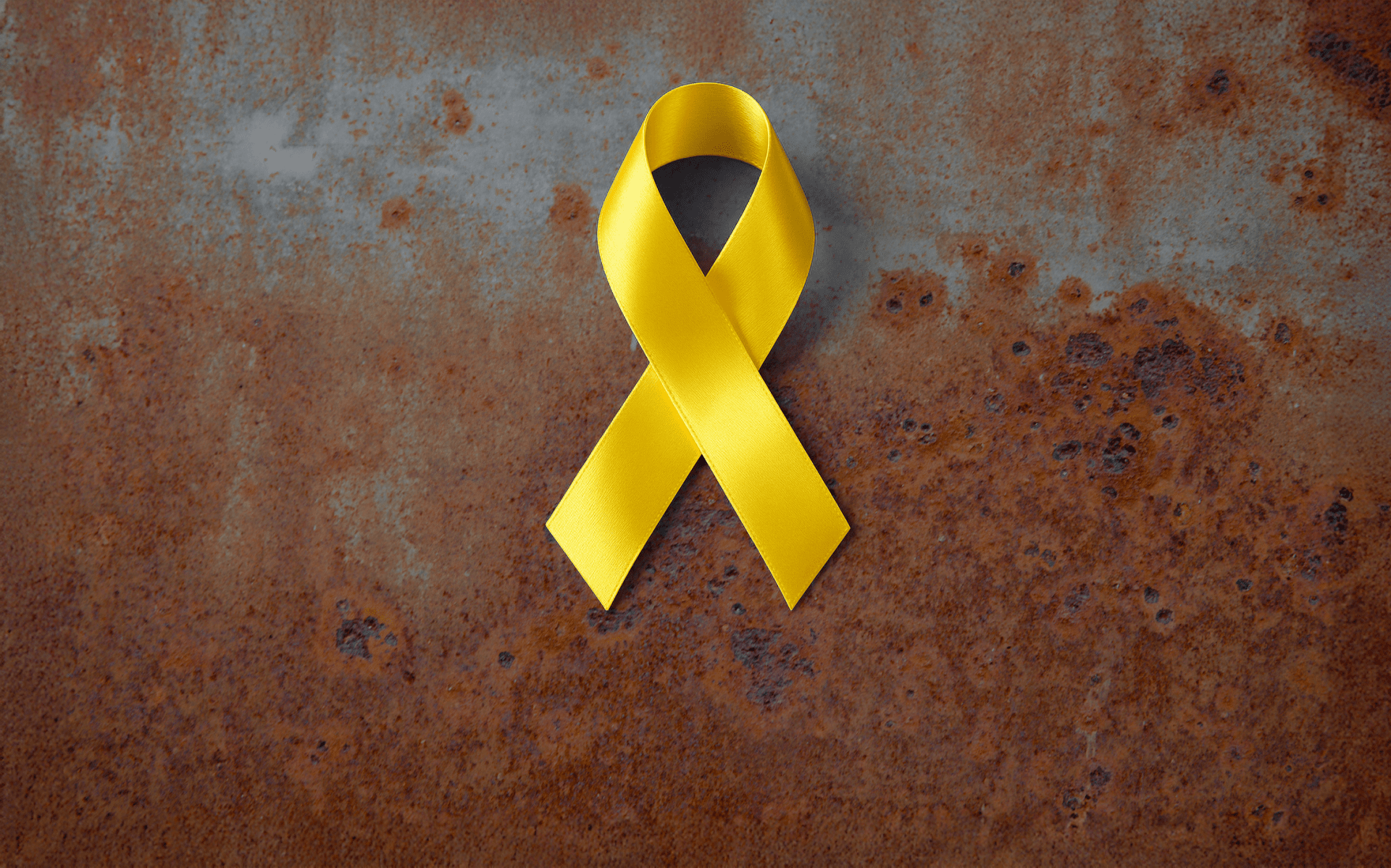
In response to occupation, Ukrainian citizens have built underground resistance networks in cities and villages under Russian control. Millions of Ukrainians remain in these temporarily occupied territories, many continuing to resist.
Wherever Russia seizes Ukrainian territory, it quickly moves to erase Ukrainian identity and impose the ideology of Russkiy Mir. From Luhansk to Kherson to Crimea, Ukrainians across the occupied regions have risen in defiance of Russian propaganda.
Following Russia’s invasion in 2014, a new wave of resistance took hold. Grassroots groups emerged across the occupied areas—not just to push back against Russian rule, but to remind those living under it that they were not alone. That belief in Ukraine still endured, even in the shadows of foreign flags and forced narratives.
The Yellow Ribbon Movement
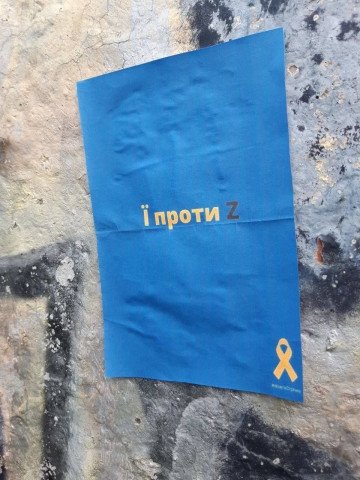
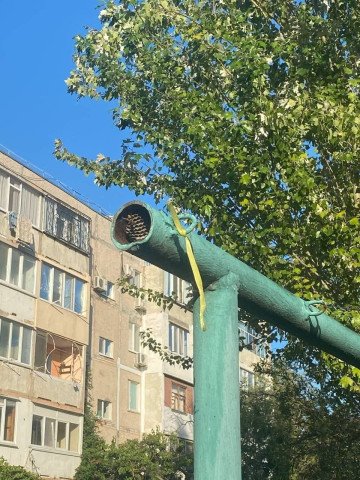
The Yellow Ribbon is a public resistance movement that emerged in the early days of Russia’s full-scale invasion, as Moscow occupied the city of Kherson in March 2022.
Ivan, the coordinator and founder of the Yellow Ribbon, is a native of Kherson. While he wasn’t an activist before the war, his father, who participated in both the Orange Revolution and the Revolution of Dignity, had a significant influence on him.
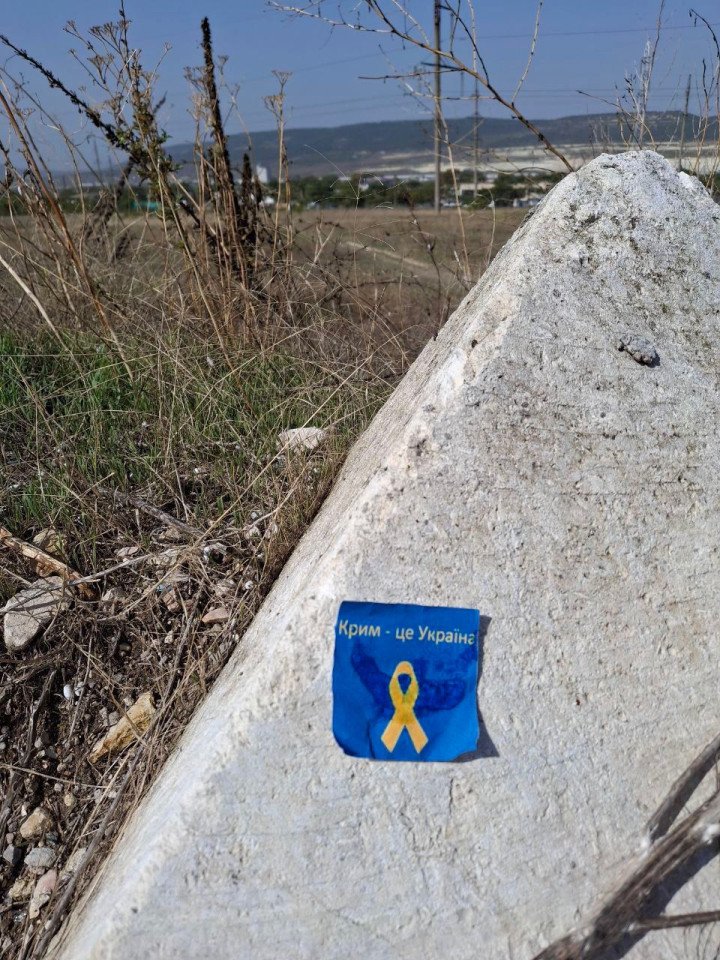
But he still didn’t anticipate the scale of resistance his home city would show in late February and March as Russian forces marched through the region.
“It’s impossible to describe how people stepped forward to stop the Russian vehicles. It was supernatural. After that, the level of pro-Ukrainian sentiment never wavered. And it stayed that way until the day Kherson was liberated.”
One of the movement’s primary goals was to counter Moscow’s propaganda, which Ukrainians knew would be disseminated by Russia. Soon, the group activity would spread to all the occupied territories of Ukraine.
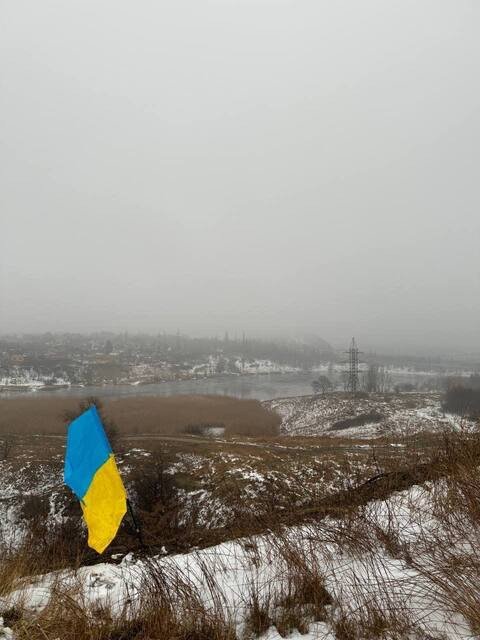
When the movement was created, Ivan thought that it needed a distinctive symbol and initially came up with the “Blue Ribbon,” but blue doesn’t stand out enough. Then he decided on the “Yellow Ribbon.”
“Yellow is bright, full of positive energy, and visible everywhere – on concrete, on backpacks, on trees. My mother used to sew, and I had a lot of spools of ribbons, but yellow wasn’t commonly used in sewing. We cut the first 100 ribbons, hung them up, took photos, and sent them to the 'Most' outlet and the 'Khuyovyy Kherson' channel. We said, 'Look, here’s a symbol of resistance, '” Ivan recalled.
The movement’s most visible forms of resistance are “soft” actions, such as hanging yellow ribbons and posters featuring the Ukrainian letter “ї,” and drawing graffiti with pro-Ukrainian messages like “Kherson is Ukraine.”
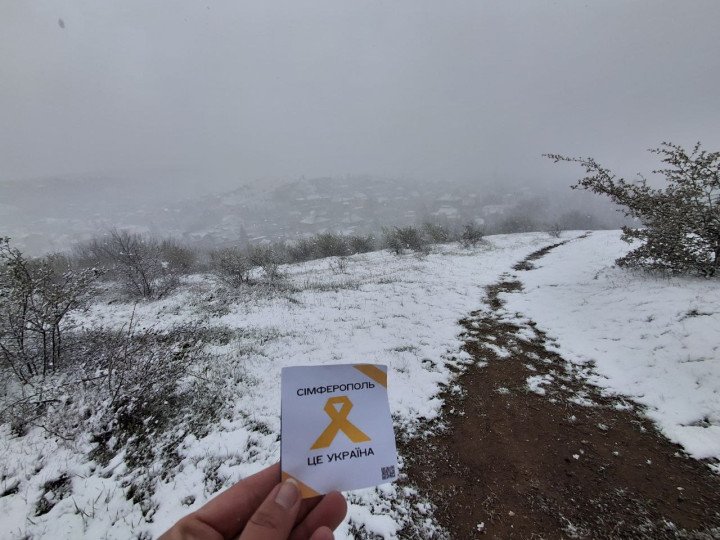
In addition, the group’s supporters gather intelligence on collaborators, verify the information, and pass it along to Ukrainian authorities.
Ivan notes that not everyone has the option to leave—some lack the money, have nowhere to go, or care for sick relatives. Others are simply determined and see no reason to abandon what is rightfully theirs.
The Yellow Ribbon movement was one of the recipients of the Sakharov Prize in 2022, which was awarded to the Ukrainian people for their remarkable resilience in the face of Russian aggression. Their courage has served as a powerful example of the ongoing fight for freedom of thought and speech.
Atesh
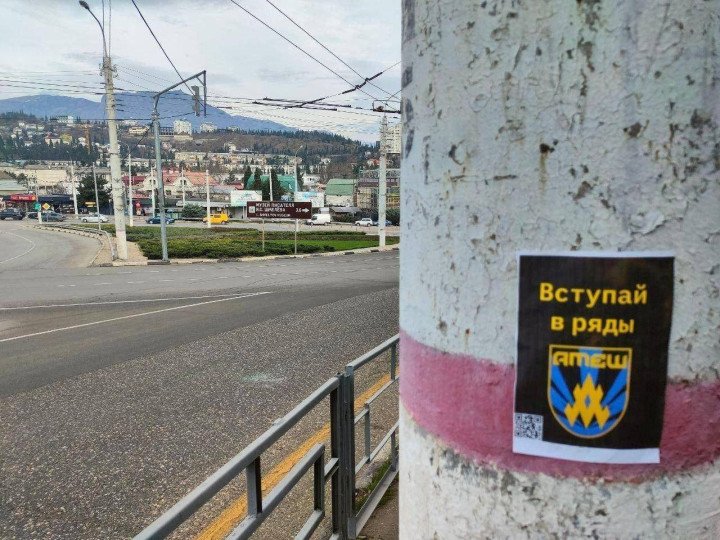
Atesh is a military partisan movement in the temporarily occupied territories of Ukraine that was created in September 2022 by Ukrainians, including Crimean Tatars, as a natural answer to Russia’s full-scale invasion.
“We are Atesh, an underground movement made up of Crimean Tatars, Ukrainians, and Russians. We have infiltrated the Russian army and are working to destroy it from within. We will expose coordinates and data on supply depots, soldiers, and equipment. We will sabotage warehouses and command centers,” the group introduced itself in one of the first messages on its channel.
This resistance movement’s activities cover a wide range of sabotage tactics, including arson, reconnaissance, and other military operations.
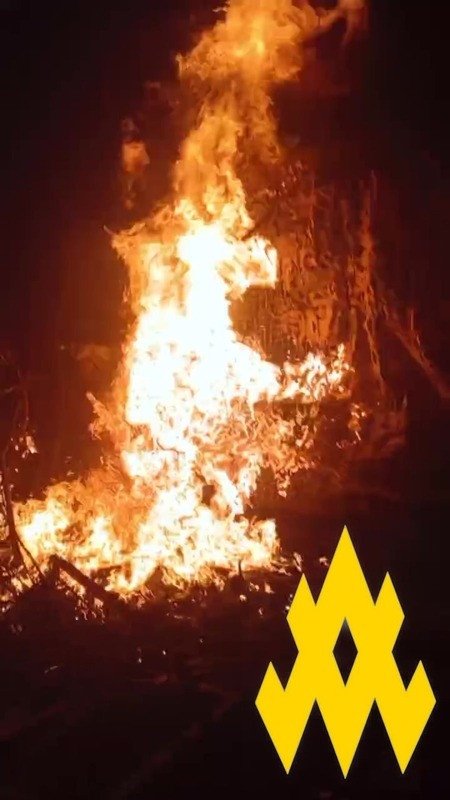
On December 10, 2022, a fire broke out at a Russian military base in temporarily occupied Crimea, where mobilized personnel were stationed.
Later, pro-Russian Crimean channels reported that two servicemen were killed in the fire, while another 200 were evacuated to a different facility. The Russian forces attributed the cause of the blaze to careless handling of fire.
That evening, Atesh published a message taking responsibility for the arson.
During its activity timeline, the movement reported multiple acts of sabotage, including setting fire to vehicles used by Russian forces.
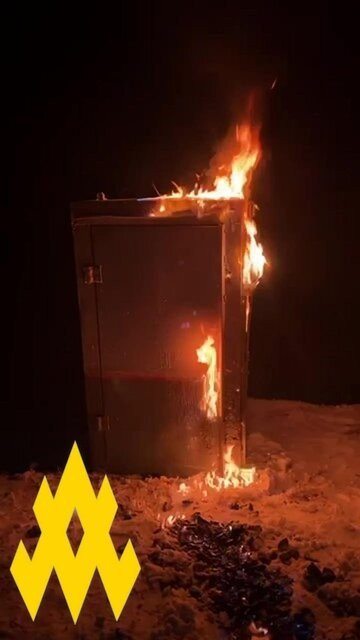
One of its latest operations, announced on April 13, was carried out by an undercover agent embedded in Russia’s “Center” military grouping. The operative reportedly set fire to a tank in the Donetsk direction while Russian soldiers were drinking nearby.
In addition to targeting vehicles, Atesh agents have also set fire to railway infrastructure in an effort to disrupt Russian military logistics, particularly the delivery of supplies to the frontline. In one such instance, reported in March, the movement claimed responsibility for setting fire to a transformer cabinet along a railway line in Russia’s Smolensk region.
Volodymyr Zhemchuhov
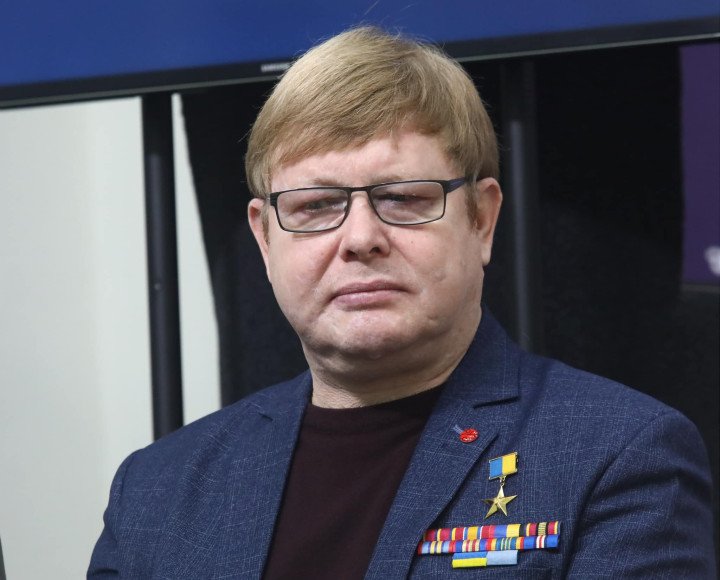
In the spring of 2014, Volodymyr Zhemchuhov began contemplating the need to take action to help those who remained in the occupied territories, including his home region of Luhansk.
As Zhemchuhov recalls, at the time, he and his like-minded companions were not focused on creating a formal resistance movement; their primary goal was to protect their families and help those in need.
He later joined a Ukrainian partisan unit and participated in operations to liberate his homeland. Between December 2014 and September 2015, Zhemchuhov carried out 30 special missions targeting Russian soldiers, military facilities, and equipment. His efforts included sabotaging railway lines, disabling power lines, and disrupting gas distribution points and transformer stations.
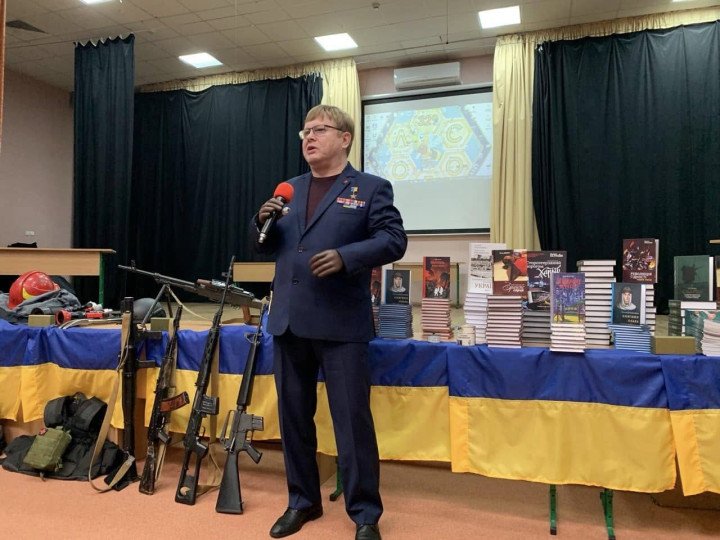
In September 2015, while on a combat mission, Zhemchuhov triggered a grenade and was severely wounded, losing both hands and his sight. Unconscious, he was captured by Russian fighters. A year later, in September 2016, he was freed in a prisoner exchange for detained Russian militants. He spent nearly two months recovering in Germany, where he was fitted with prosthetics and partially regained his vision and hearing.
Since then, Zhemchuhov has traveled nearly all of Ukraine—everywhere except the Luhansk region—giving more than 300 lectures in various institutions and schools.
“I believe that today, our work with children is essential: we need to talk to them about the war, show them films, and hold lectures for young people of all ages. We must do everything we can to ensure that future generations never experience war. I understand that if we lose our youth, we lose Ukraine,” Zhemchuhov said.
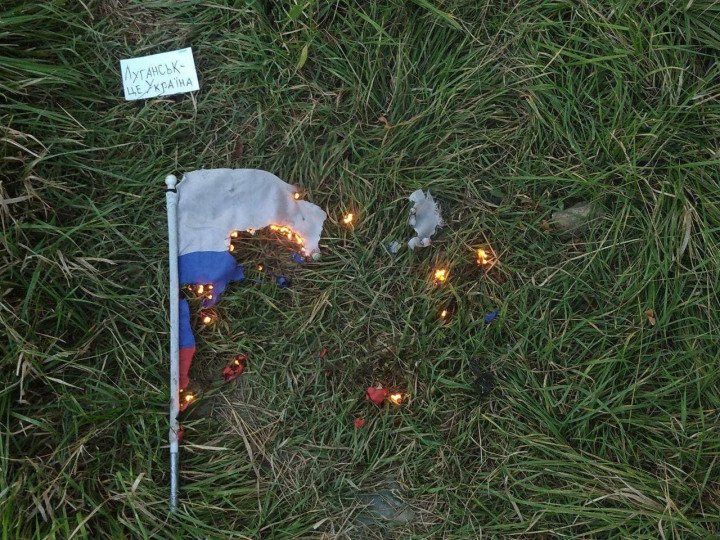
From displaying national colors and symbols to sabotaging Russian troops and equipment, the Ukrainian resistance movement is driven by a single message: Ukraine will keep fighting, even under occupation and pressure.
Every day, brave individuals risk their lives to remind the world that Ukrainians in the temporarily occupied territories have not forgotten their roots—and continue to resist the Moscow regime that has brought endless suffering to their homeland.
-f88628fa403b11af0b72ec7b062ce954.jpeg)
-c42261175cd1ec4a358bec039722d44f.jpg)
-46f6afa2f66d31ff3df8ea1a8f5524ec.jpg)
-6359eca46c72bde40a90abaaadd6eaa8.png)
-29a1a43aba23f9bb779a1ac8b98d2121.jpeg)

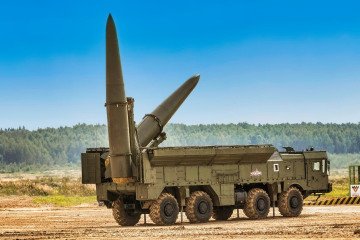
-206008aed5f329e86c52788e3e423f23.jpg)